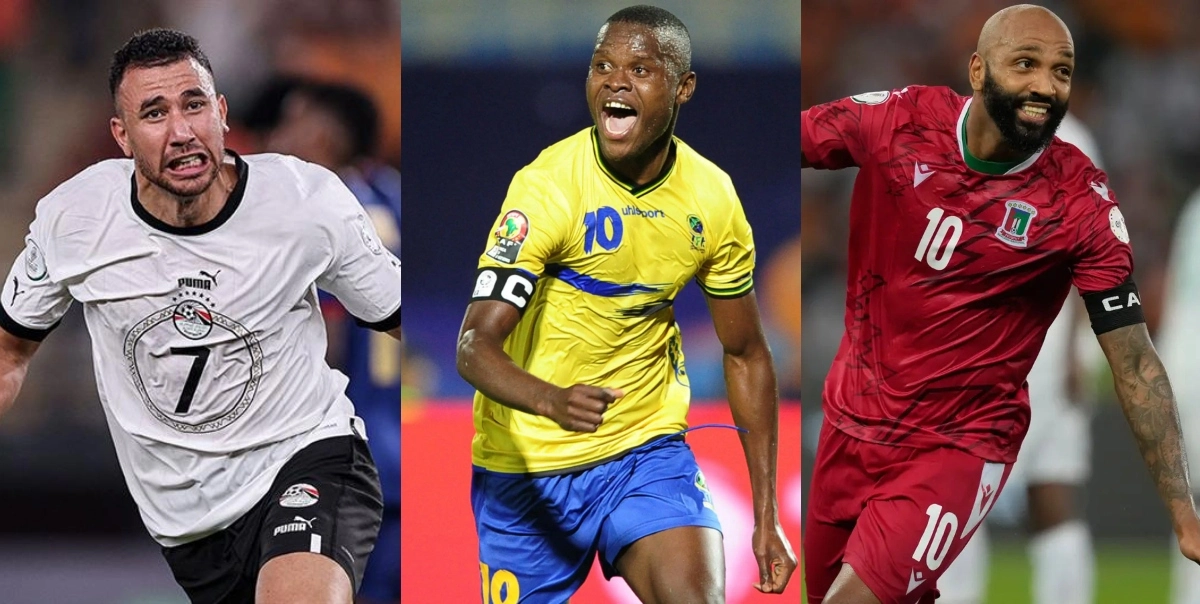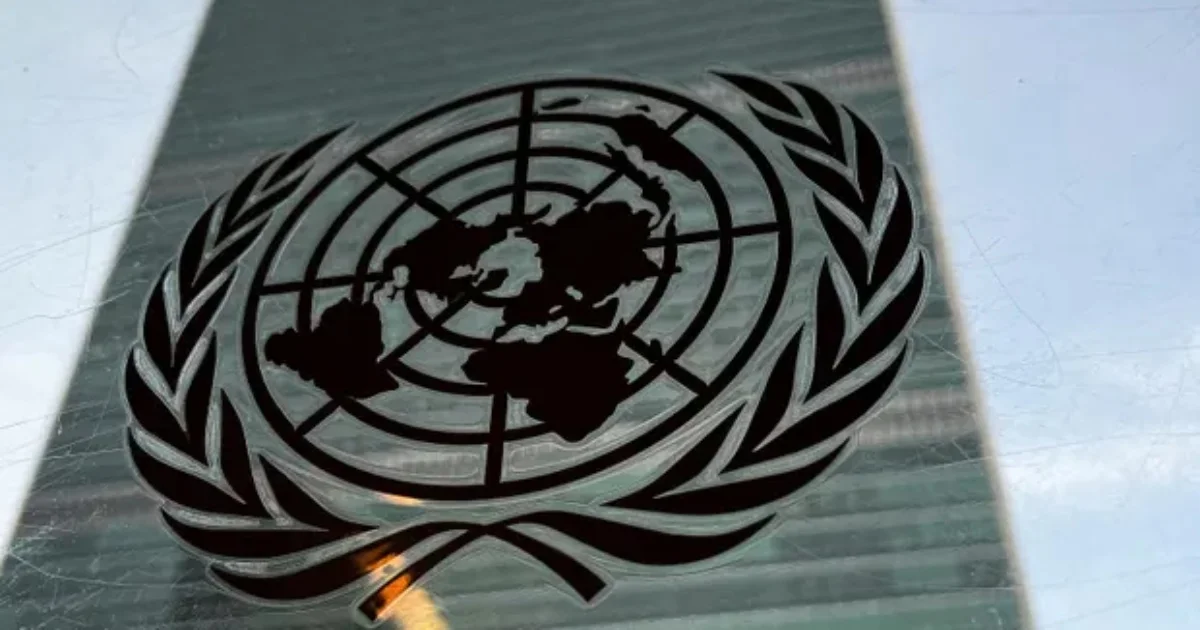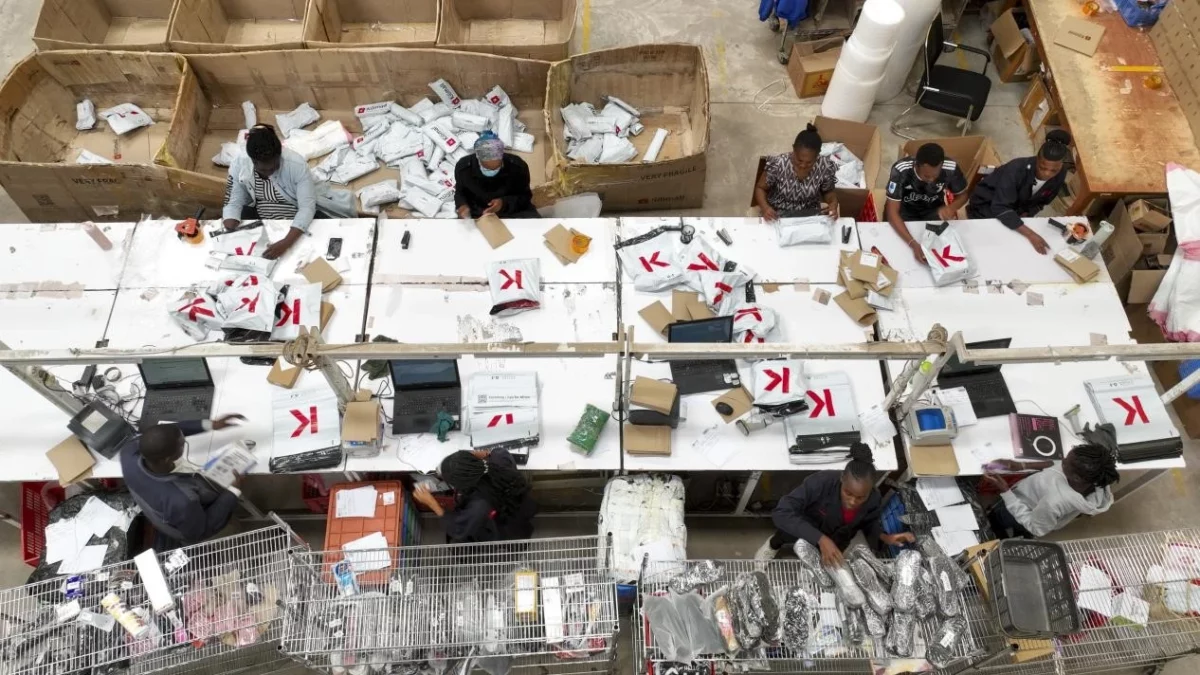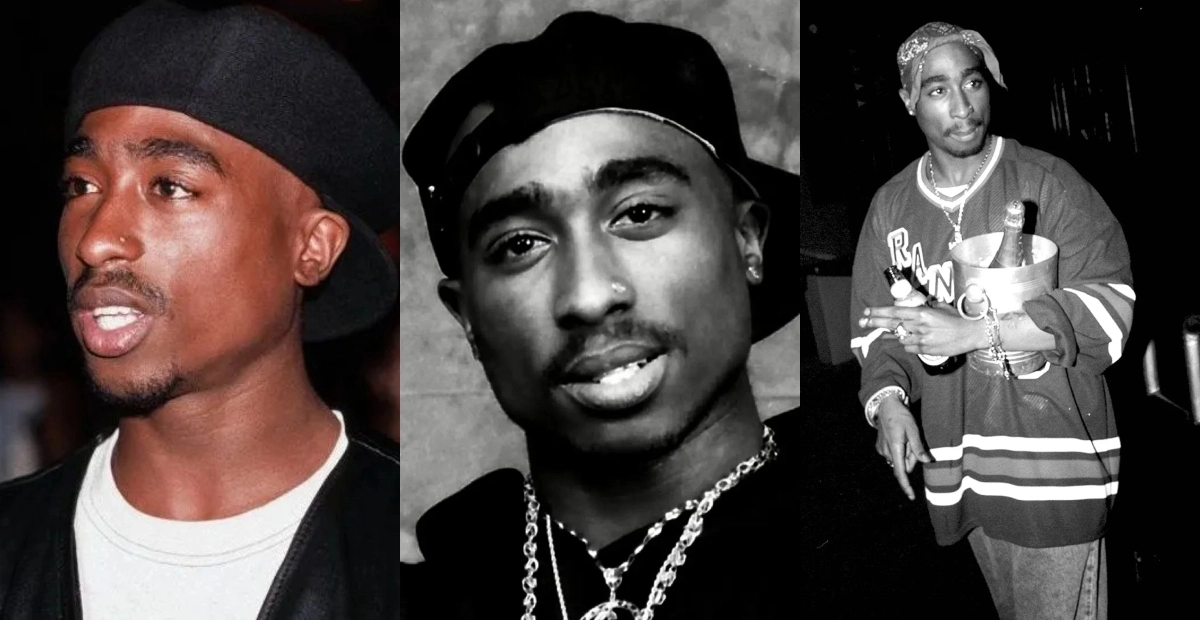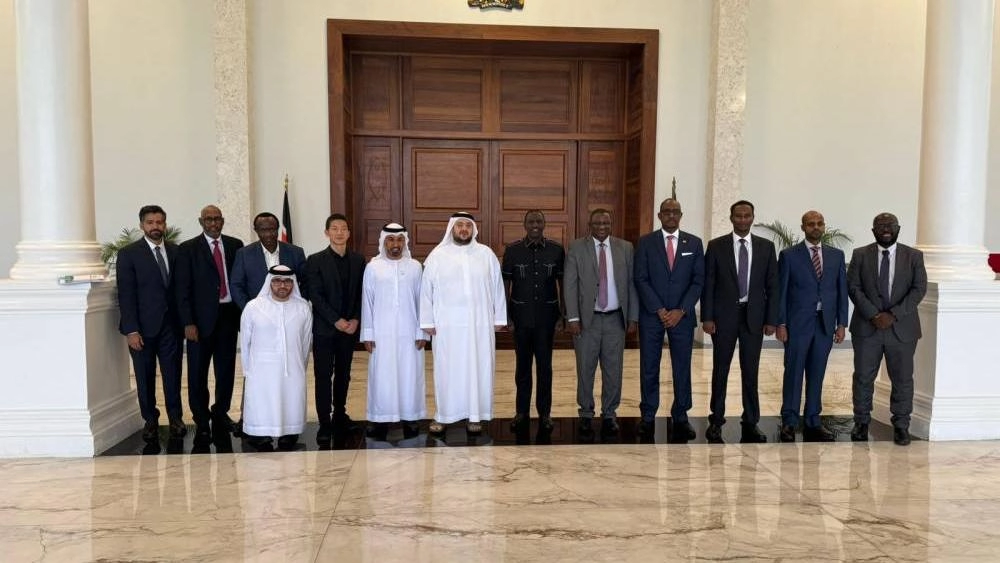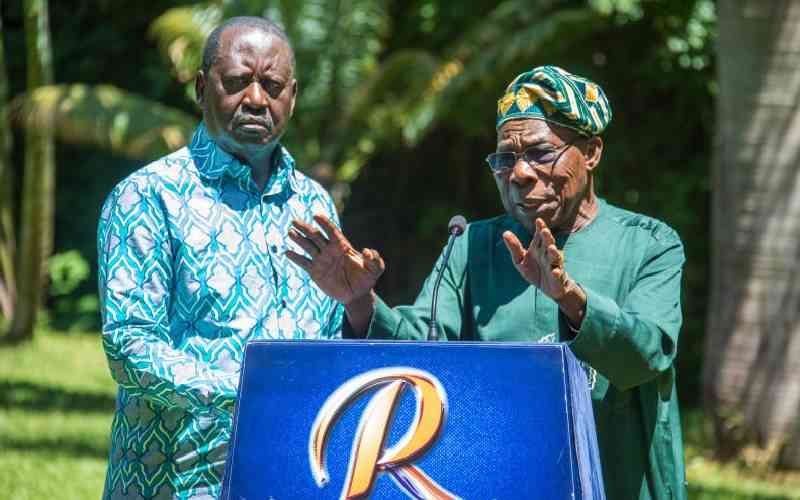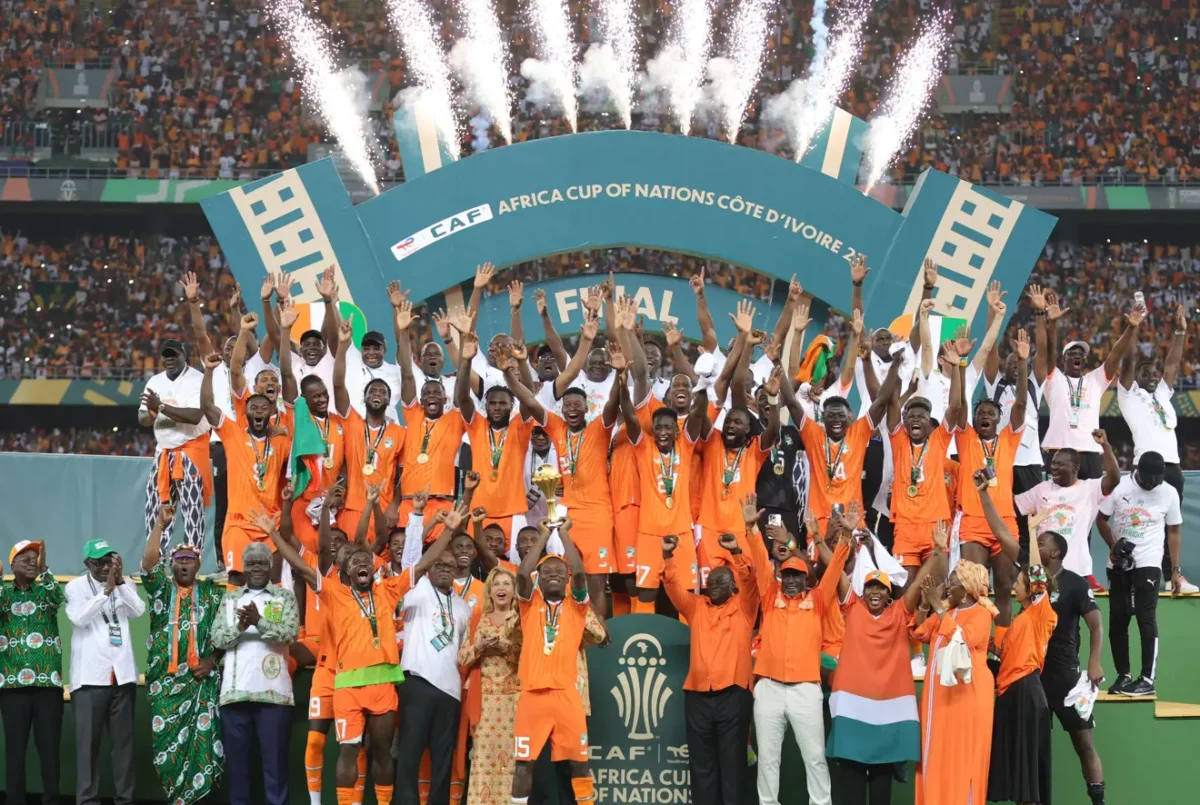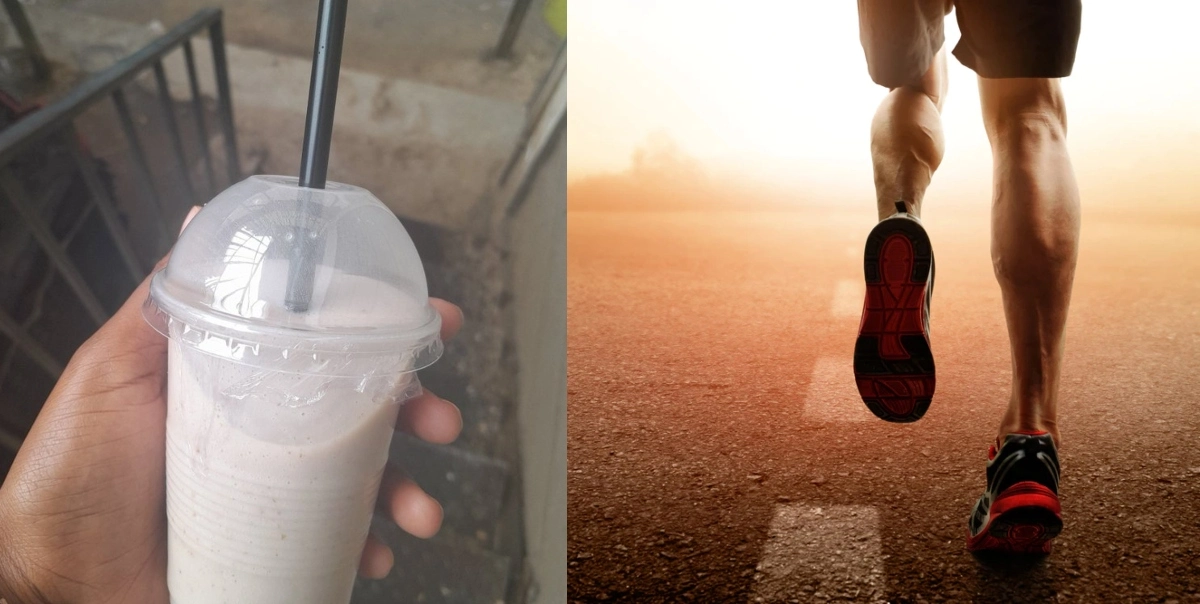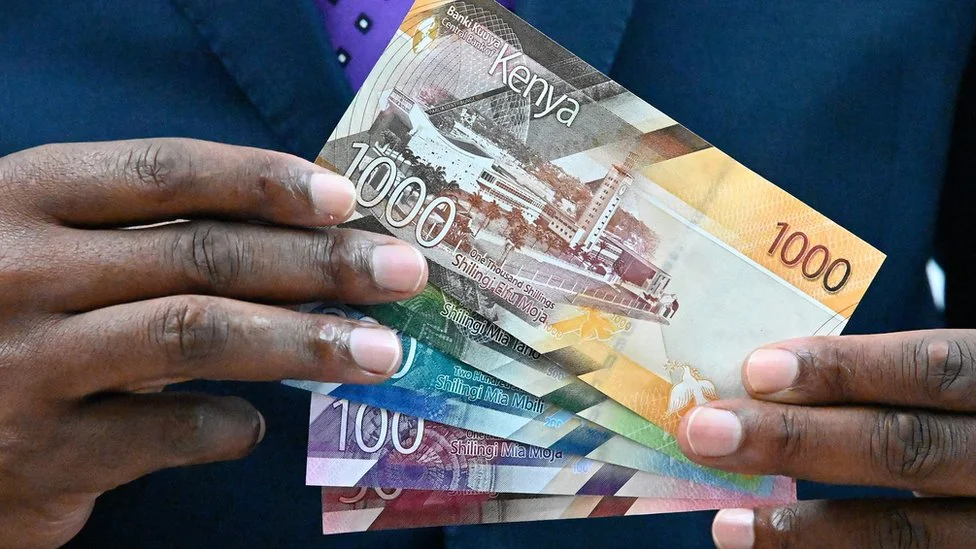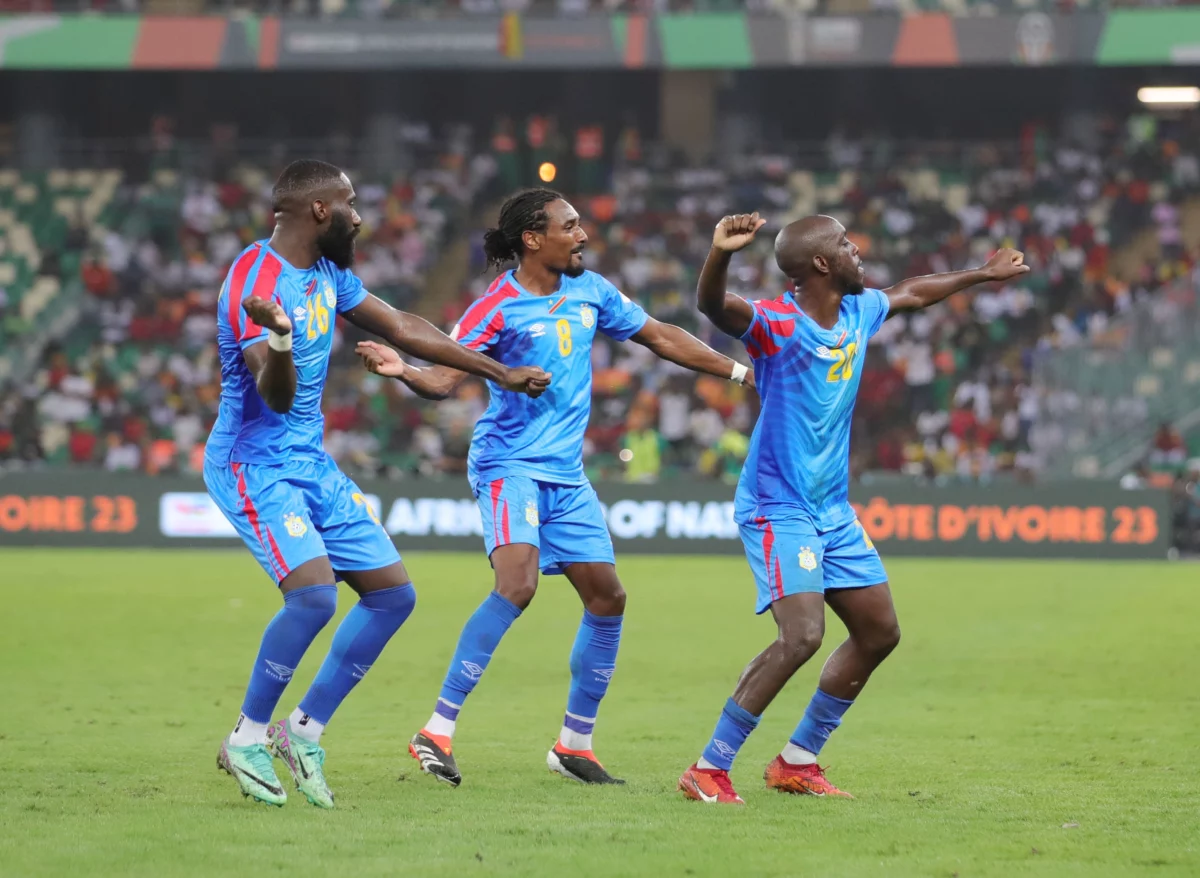This year, Faith Kipyegon broke the 1,500m world record in Florence in a new time of 3:49.11 seconds on June 2, before breaking another 5,000m world record on June 9, in Paris Diamond League, France with a new time of 14:05.20.
Kipyegon also broke the one-mile world record in four minutes and 07.64 seconds on July 21, in Monaco at the Wanda Diamond League.
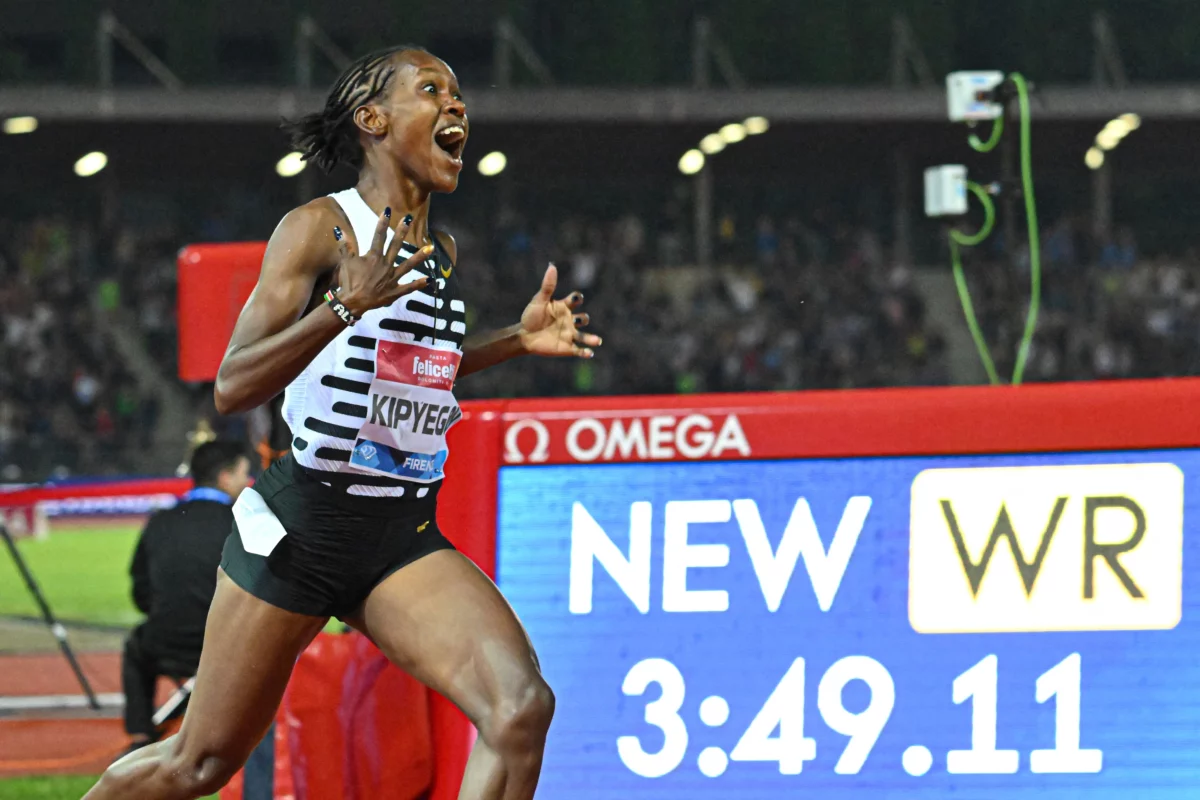
Despite scientists suggesting that athletes have reached their physical limits, sports records continue to be broken with remarkable frequency. This raises the question of how athletes manage to achieve such impressive feats.
Read Also:Faith Kipyegon breaks women’s 1500m world record in Diamond League
One contributing factor is the increased accessibility of sports and exercise to a larger population. Starting at an early age, individuals now have more opportunities to engage in sports and can continue competing for longer durations.
@wandadiamondleague The fastest woman ever🤯 Faith Kipyegon makes history in Florence🔥 #FlorenceDL 🇮🇹 #worldrecord #trackandfield #BestSportsMoments
♬ original sound – Wanda Diamond League
Moreover, educational institutions play a role in discovering and nurturing natural talents, allowing potential athletes to be identified and groomed from an early stage.
Furthermore, the presence of regular competitions, catering to both beginners and professionals, provides athletes with valuable experience and encourages them to push their boundaries. This exposure to competitive environments fosters a drive to excel and break personal records.
Athletes today can dedicate themselves entirely to their sport, as they have the privilege of focusing solely on training and performance. Unlike in the past, many professionals are no longer burdened with the need to juggle a day job and training sessions.
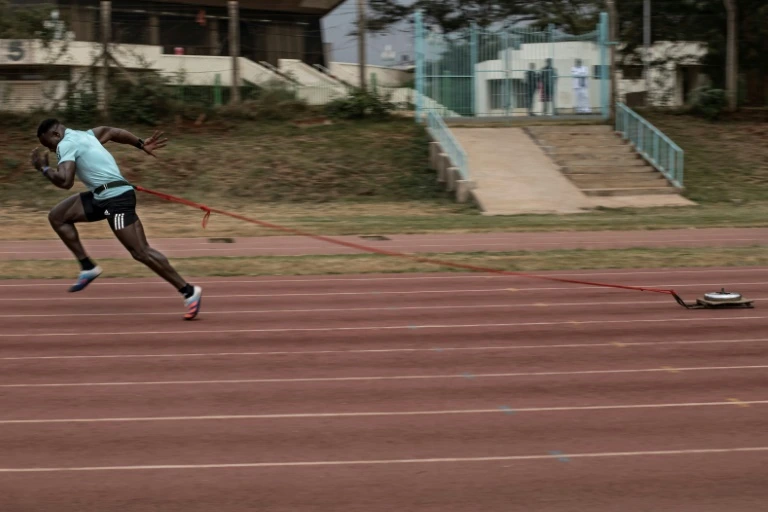
Consequently, they can invest more time and effort into honing their skills and devising innovative strategies to outperform their competitors.
Subscribe to Switch TV for more exciting content
Advancements in medicine and sports science have played a significant role in prolonging athletes’ careers and helping them recover from injuries. With access to improved medical treatments and rehabilitation techniques, athletes can maintain their competitive edge for an extended period.
Technological advancements also contribute to the continuous improvement in sports performance. Video analysis, for instance, enables coaches to closely examine an athlete’s technique and make precise adjustments for optimal performance. Additionally, advancements in materials and equipment enhance training conditions, providing athletes with better tools to refine their skills.
It is a combination of factors, including increased access to sports, dedicated training opportunities, advancements in medicine and technology, and the nurturing of talents from a young age, that have contributed to athletes like Kipyegon, the ability to surpass previous records and achieve remarkable accomplishments in sports.








